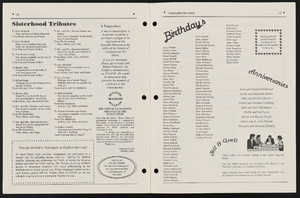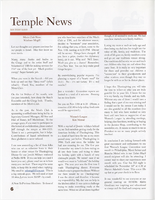Search the Special Collections and Archives Portal
Search Results
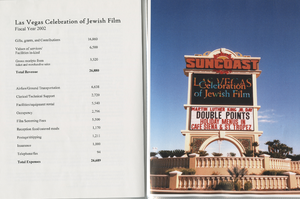
Las Vegas Celebration of Jewish Film scrapbook of brochures and pamphlets, 2002-2003
Date
2002 to 2003
Archival Collection
Description
Various brochures and pamphlets for the Las Vegas Celebration of Jewish Film.
Text

National Organization for Women artwork and ephemera, 1970s
Date
1970 to 1979
Archival Collection
Description
Zine, artwork, and magazine for the National Organization for Women (NOW).
Text
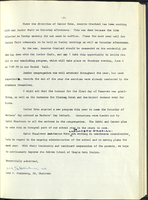
Minutes from Temple Beth Sholom Board of Directors meetings, May 1974 - May 1975
Date
1974 to 1975
Archival Collection
Description
The meeting minutes of the board of directors of Temple Beth Sholom include the proceedings of meetings held from 1973 to 1974.
Text
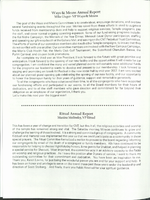
Annual report from Congregation Ner Tamid, 2006
Date
2006
Archival Collection
Description
Annual report from Congregation Ner Tamid, 2006
Text
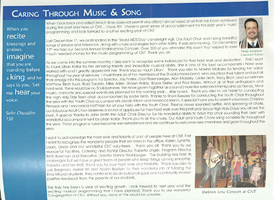
Annual report from Congregation Ner Tamid, 2009-2010
Date
2009 to 2010
Archival Collection
Description
Annual report from Congregation Ner Tamid, 2009-2010
Text
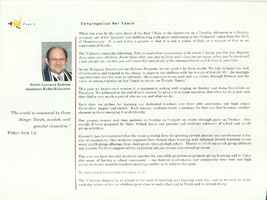
Annual report from Congregation Ner Tamid, 2010-2011
Date
2010 to 2011
Archival Collection
Description
Annual report from Congregation Ner Tamid, 2010-2011
Text

Interview with Harold David Cunningham, March 11, 2004
Date
2004-03-11
Archival Collection
Description
Narrator affiliation: General Manager, Reynolds Electrical and Engineering Company (REECo)
Text
Pagination
Refine my results
Content Type
Creator or Contributor
Subject
Archival Collection
Digital Project
Resource Type
Year
Material Type
Place
Language
Records Classification


